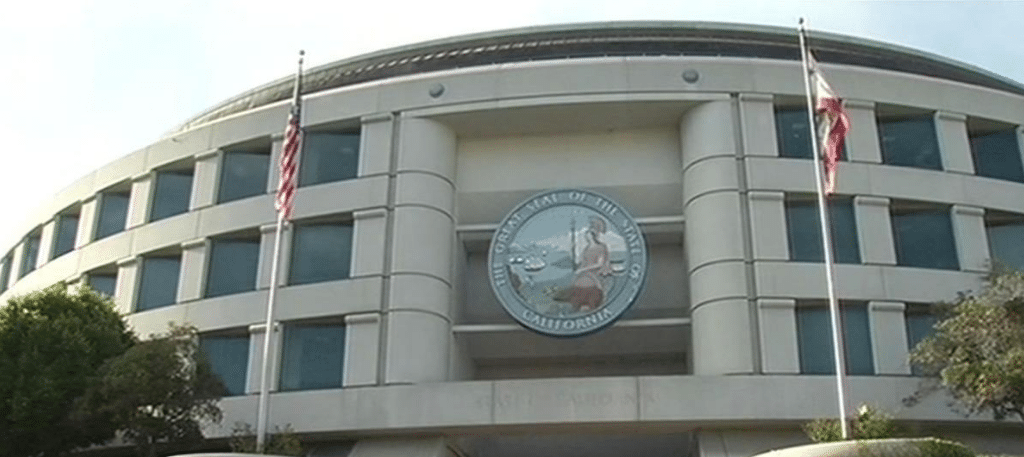As a component of modernizing the electric grid, time-of-use rates can be an important way to set price signals to help shift both customer behavior and to incentivize generation that aligns with system needs. However, in areas with high penetrations of solar such rates undermine PV system economics, and erratic behavior by regulators in setting such rates can be problematic.
So when the California Public Utilities Commission (CPUC) modified a proposed decision to adjust the daily schedule for such rates for San Diego Gas & Electric Company (SDG&E) shortly before a key vote, the response by the solar industry was swift.
Both California Solar Energy Industries Association (CALSEIA) and Vote Solar have expressed criticism of the move, which would move the peak period from 4 to 9 PM, instead of 3 to 9 PM as the commission stated in April, with Vote Solar calling it a “regulatory about-face” that “undermines California’s clean energy and climate leadership”.
Both organizations note a lack of justification for the change in timing. In the modified decision, CPUC notes that the the record can support either a 3 PM or 4 PM start to the on-peak period, but notes that for un-named “policy reasons” it is choosing 4 PM.
And while CPUC claims that a shorter peak period is easier for customers to navigate, it is not showing as much concern for the degree of continuity. For 30 years, SDG&E’s peak period has been 11 AM to 6 PM, and by moving the start of the on-peak period from 3 to 4 PM, CPUC is making the shift more dramatic than before.
This is exactly the sort of thing that the solar industry has warned against. In a recent interview with pv magazine, CALSEIA Executive Director Bernadette Del Chiaro has expressed that more gentle transitions are in the best interests of both the solar market and consumers.
However, it is in line with the interests of utilities, who have continually pushed for later on-peak periods. CALSEIA warns that this could have effects beyond the San Diego solar market in cases for California’s two other investor-owned utilities, who are setting mandatory TOU rates for residential customers who own PV systems under net metering 2.0.
“This is precedent-setting for the other rate cases,” warns CALSEIA Senior Policy Advisor Kelly Knutsen.
This proposed decision is not the final word, and as such the solar industry will be pushing back against this proposed decision. However there is not much time, as a ruling is expected on this case August 10.
This content is protected by copyright and may not be reused. If you want to cooperate with us and would like to reuse some of our content, please contact: editors@pv-magazine.com.









The CPUC is a joke. Retired utility company executives are working at the CPUC. Who do you think they side with?